R744 SERVICING
- PostedPublished 8 December 2016
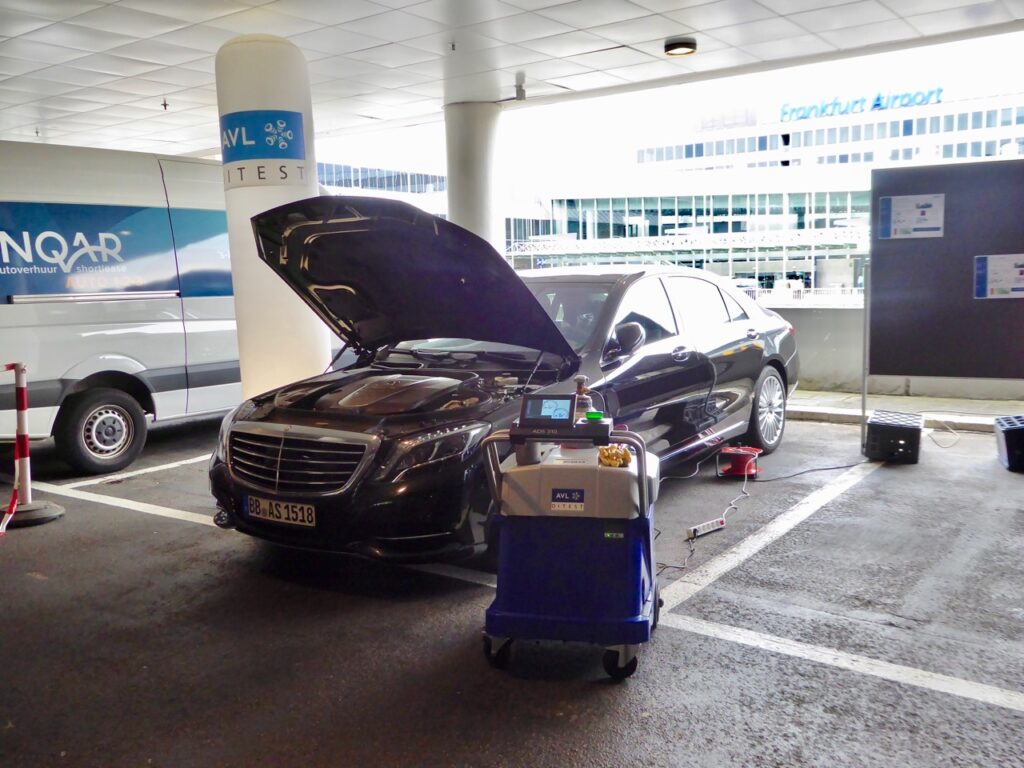
THE first public demonstration of a production-ready R744 air-conditioning system being serviced took place at EAAC 2016 in Frankfurt.
Fitted to a well-worn Mercedes-Benz S350d prototype full of test equipment and the associated maze of green wiring, the R744 system was clearly made up of Valeo heat exchangers and what we suspected to be a Sanden belt-driven compressor.
Sandy coloured dust under the bonnet suggested this S-Class had seen some hot weather testing in a desert, possibly the Sahara in northern Africa that is accessible from Europe via vehicle ferries plying the Mediterranean.
Hooked up to the Mercedes was an AVL Ditest ADS 310 all-in-one servicing machine, which was demonstrated de-gassing, leak-testing and recharging the AC system with CO2 from a cylinder strapped to the unit’s back with a heat blanket used to create the required pressure.

Austrian company AVL Ditest is one of two manufacturers to have pioneered the R744 servicing equipment market so far, the other being Italian brand Texa with its Konfort 744 unit.
During a presentation at EAAC, Texa air-conditioning product manager Stefano Meneghel said the company had been working on specific R744 tools for more than two years.
He explained that because CO2 air-conditioning systems are designed to operate at extreme pressures of up to 170 bar (2466 psi), the equipment used to service them must be carefully designed, robustly constructed and used with caution.
Mr Meneghel said the quality of R744 specified by car manufacturers for their air-conditioning systems must be at least 99.9 per cent pure carbon dioxide.
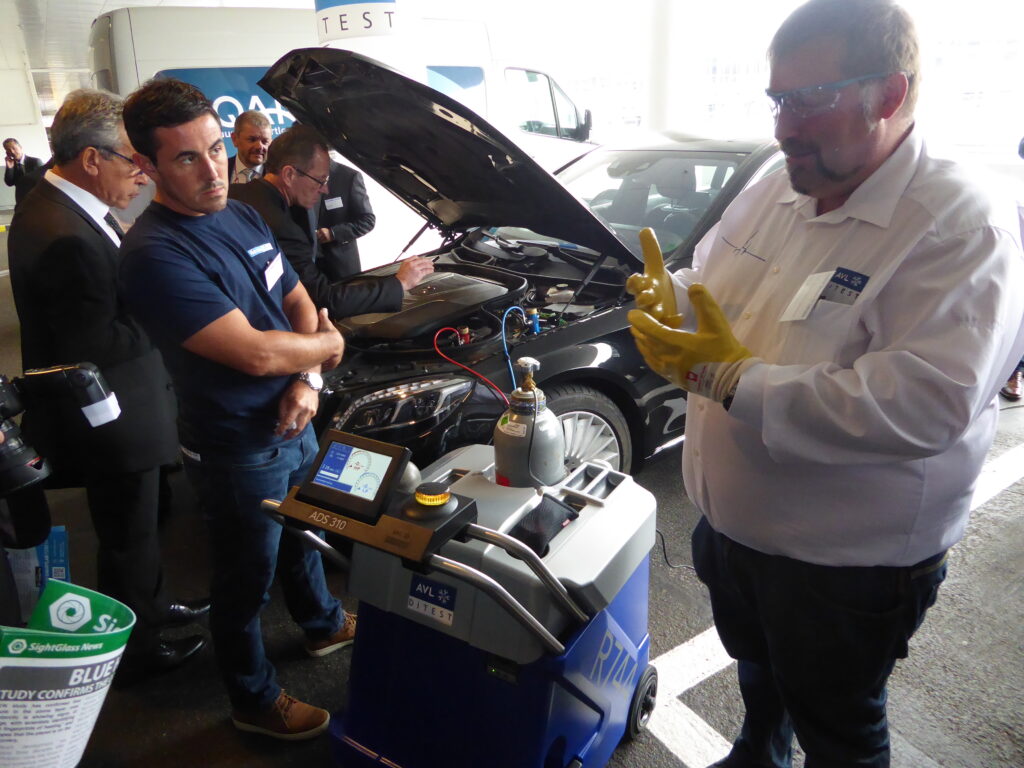
In Europe there is no requirement to reclaim R744, no regulatory liability and no logging of the amount handled. This is expected to be true of all markets.
During servicing, R744 is simply vented to atmosphere. However it must be done in a very controlled way because dry ice can form, which can burn skin and block parts of the system for long periods of time until it has evaporated.
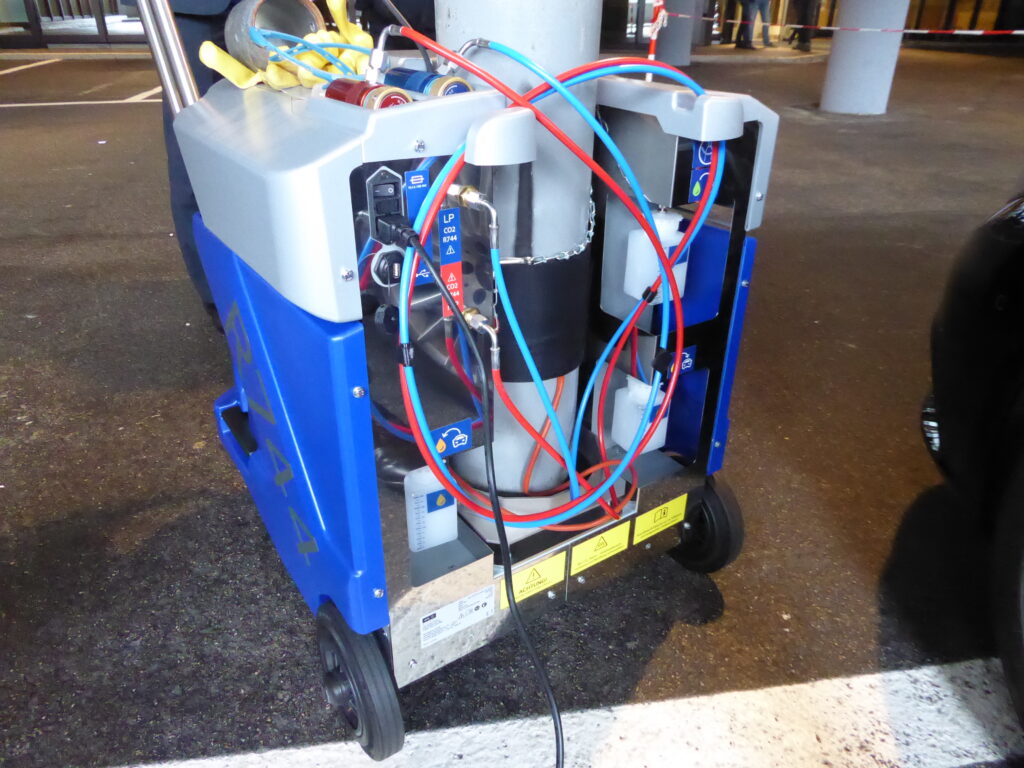
Texa and AVL Ditest are first to market with all-in-one R744 servicing machines for automotive, both carrying an official approval from Mercedes-Benz.
Some versions have internal CO2 tanks and others carry external cylinders. Heat applied to the CO2 container is used to create the pressure required for system charging.
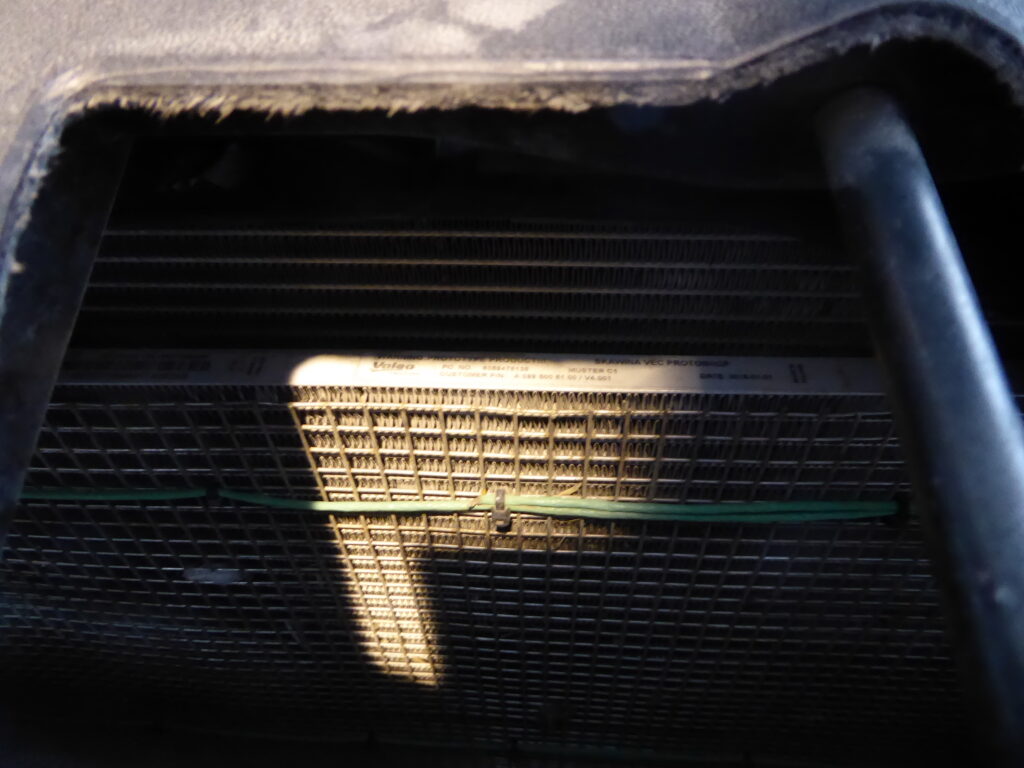
The machines remove the oil, carefully separating it and measuring the quantity to ensure the system remains fully lubricated.
When venting refrigerant, the machines also monitor the atmospheric concentration of CO2 to make sure it does not reach dangerous levels and shuts down if excessive concentrations are detected. There is also a fan to disperse the vented CO2 and reduce concentrations.
A deep vacuum is done next, which can also remove dry ice (although this takes longer) followed by a vacuum leak test.
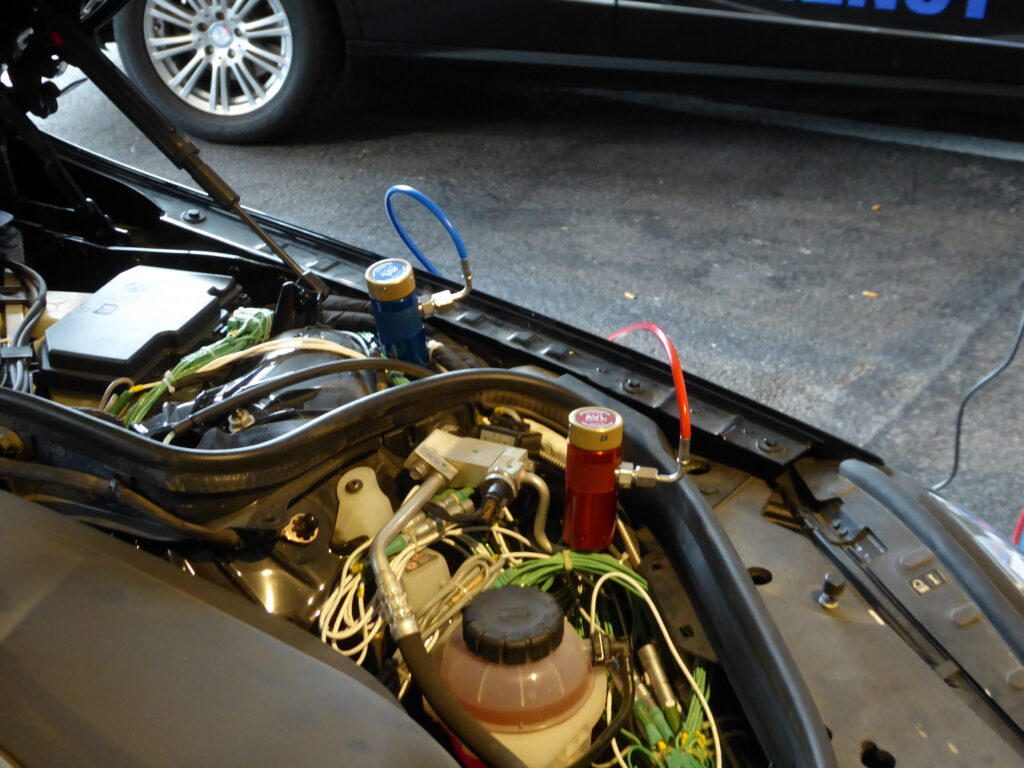
Based on how much oil was removed as part of the venting process, or whether components were replaced, a precise quantity of oil and UV dye is injected, followed by a pressure leak test.
Mr Meneghel said car manufacturers insisted the machines pressure test the system prior to recharging the system, as a vacuum test alone was not considered sufficient for leak detection.
The system is then refilled with carbon dioxide. Usually all-in-one machines have a +/- accuracy of 15g but R744 systems have a tolerance of +/- 10g.
- CategoriesIn SightGlass
- TagsSightGlass News Issue 8

